Guest blogger: Dr Peter Crossman
One of the 2017 QANZAC100 Fellows of the State Library is Dr Peter Crossman, whose project focus was memorial rolls of the Great War in the State.
The scope of this project is only for Queensland in the Great War – 1914-1919 – and is restricted to memorial rolls i.e. memorials of whatever physical form which contain at least one name of a person who enlisted in the Great War. These rolls are commonly found on wooden boards and also cenotaphs, but are also found on metal plaques (such as the Gallipoli plaque in St Andrew’s Anglican Church, Indooroopilly) and even books, documents or paper scrolls (such as the roll for the First Tunnelling Company, AIF, in the Army Museum North Queensland). The rolls were compiled by communities or groups with common interests, such as schools, clubs, churches, units, employers and localities.
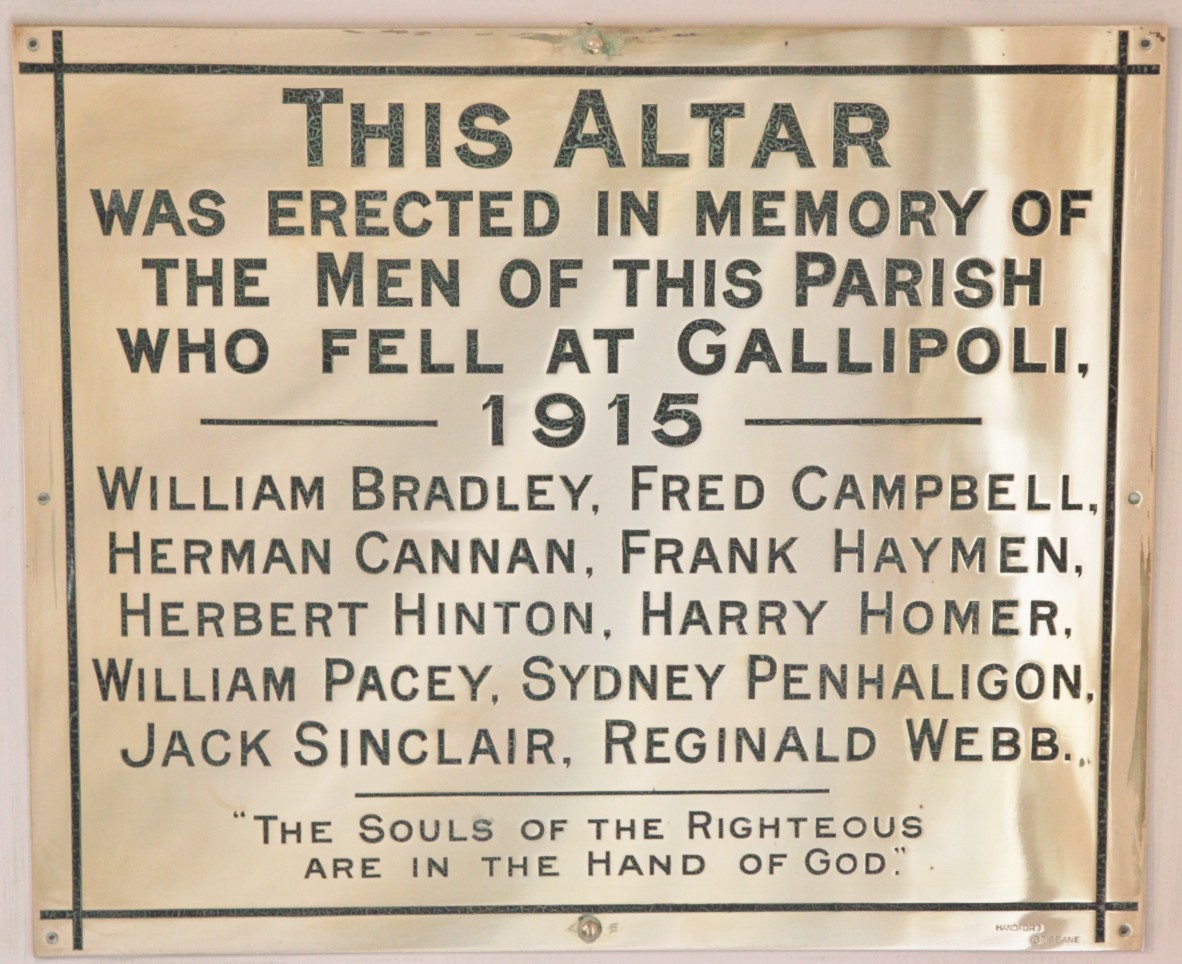
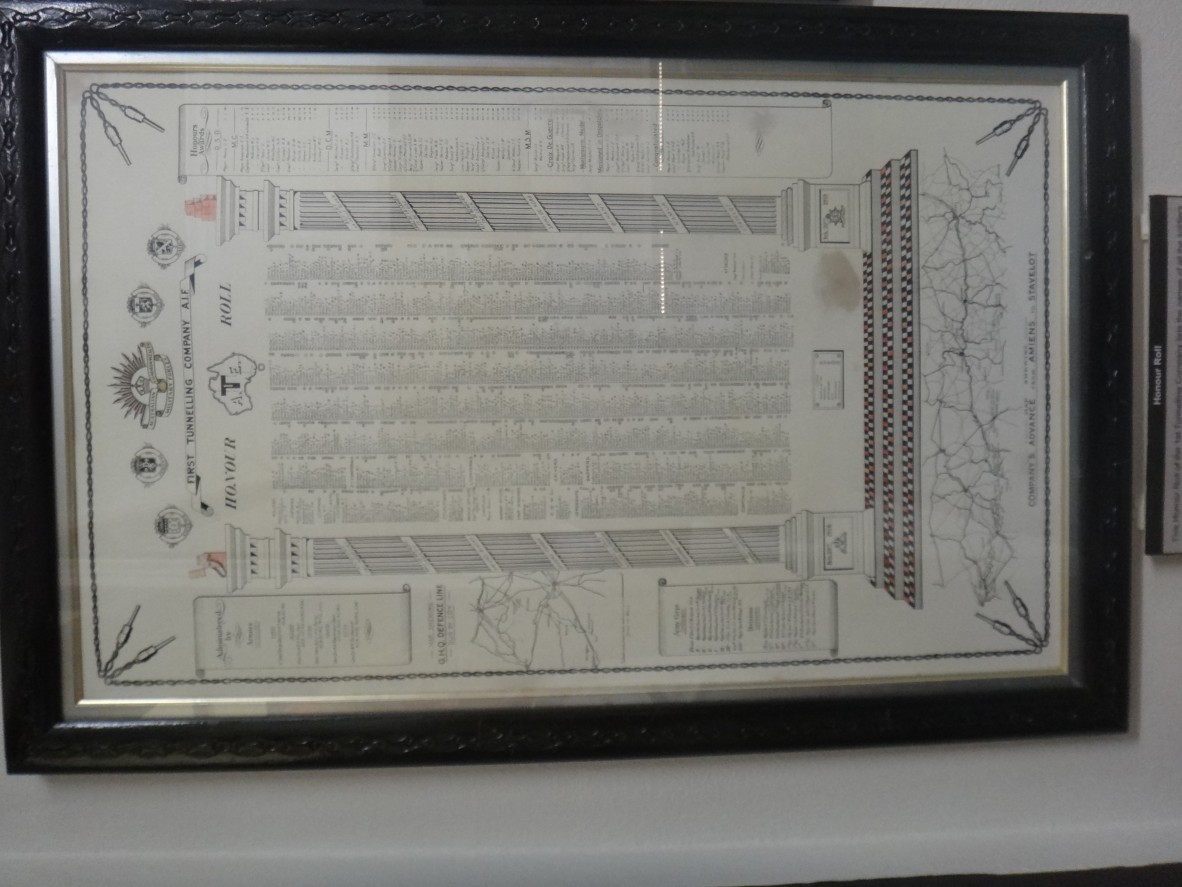
There is no common set of rules for inclusion of a name on a particular roll. Names are duplicated in other rolls and some names are mysteries. Some rolls list only those who died, most include all those who could be noted as having served. Most rolls include, obviously, predominantly names of males, but female names are not uncommon, and some rolls are entirely female (such as the roll for members of the “Australian Army Nursing Service Who Went From Queensland To Serve In The Great War 1914-1918”, which is held by the Queensland Military Historical Society).
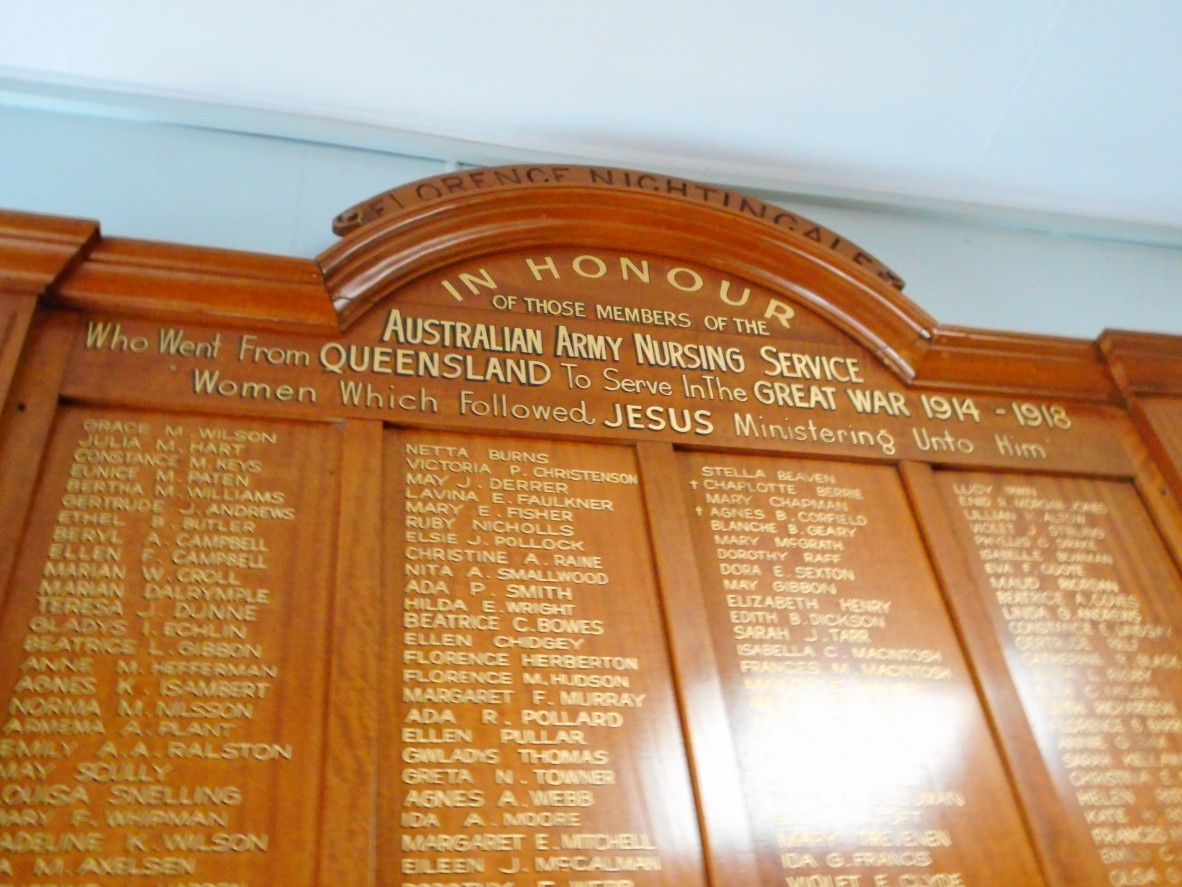
Generally rolls were compiled during the war, or in the decade or so afterwards. Fortunately many rolls, especially boards, are being refurbished and placed in positions of respect. Indeed, some rolls have recently been constructed, indicating the enduring respect for the trauma experienced by communities one hundred years ago (e.g. the new “Marburg World War 1 Roll of Honour” held in the Community Hall).
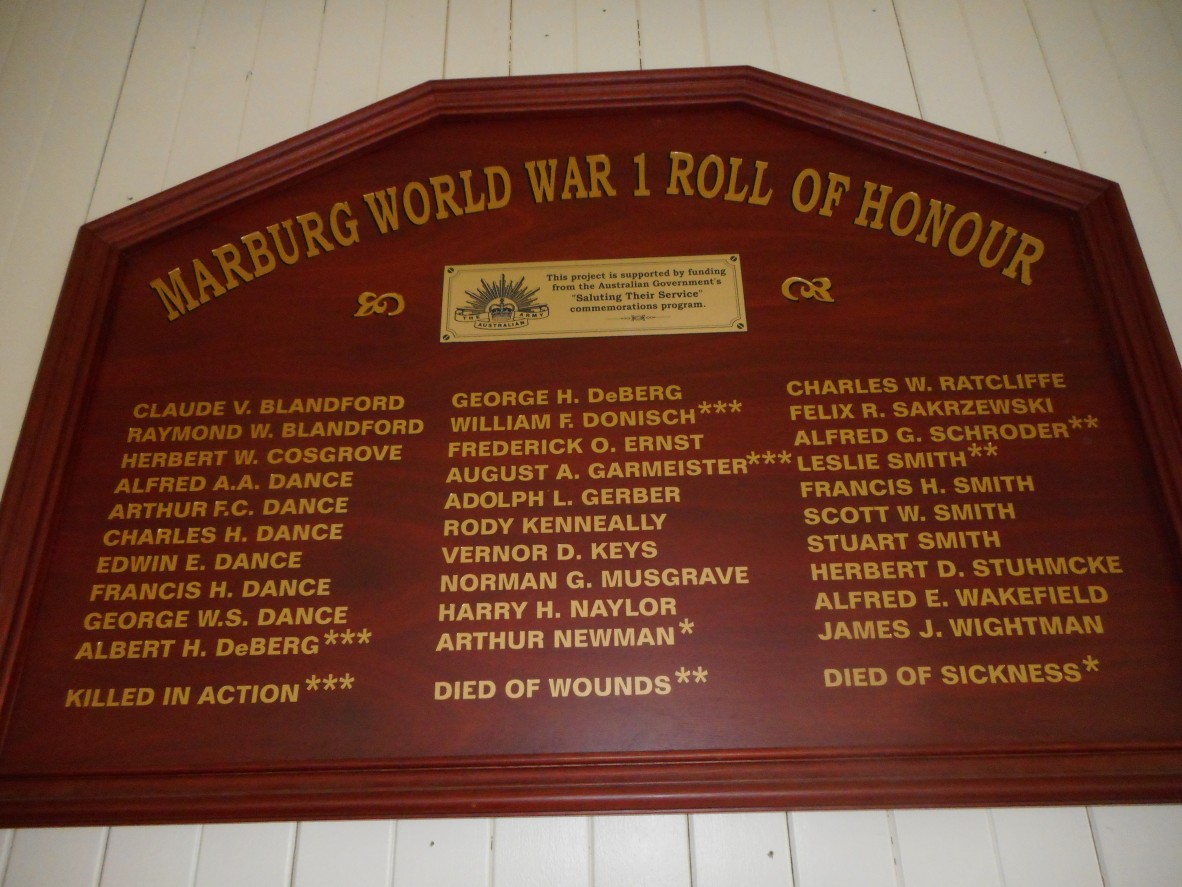
Unfortunately there is no definitive and complete inventory of Queensland’s rolls, despite several excellent efforts. These compilations generally include more types of memorial than just rolls. They include the Queensland Government’s Queensland War Memorial Register, the private Monument Australia, the Wikimedia Commons War Memorials site, the older Southwell-Keely list and the outstanding work of Trevor and Shirley McIvor of Toowoomba who have researched rolls and memorials over several decades.
It is quite easy to find rolls which are not listed on any of these registers, and many of their entries are incomplete. Nevertheless, the importance of these efforts is underlined by the sad evidence that some rolls have not been always protected or respected in the past, with damage from fires, homelessness and neglect not being unknown. For example, the magnificently restored rolls for Townsville City now in the Army Museum North Queensland were badly damaged by fire while in storage and the fine “Roll of Honour, Brown & Broad Ltd and Queensland Box Coy Ltd” was recently found “at the local tip” by a member of the Chermside and District Historical Society.
So firstly, this project will compile an inventory of rolls, reconciling what existing evidence can be found, adding re-discoveries and producing a new and – hopefully – definitive inventory with standardised metadata, although it is very likely that further rolls will be re-discovered and hopefully registered over the next few years.
Happily, current interest in rolls is high throughout the State, and many local historians have compiled stories about the men and women on their local rolls. Examples include the work of Paul Cobb, an Englishman from the Cotswolds, who dedicated eighteen months to recording stories and data about the names on the Toowoomba Railway Station Roll. Local historians, such as Les Halverson of Charters Towers, have compiled books for local rolls containing stories about the men and women behind the names. Many other local groups for schools and churches in particular have compiled stories for the names on their roll. While there are quite a number of these developments, we remain a long way from having a comprehensive coverage of all names on all rolls.
So secondly, this project will aim to encourage and enable, through consistent guidance on research methods which may not be yet available to all communities throughout the State, the production of more sets of stories about the names on local rolls.
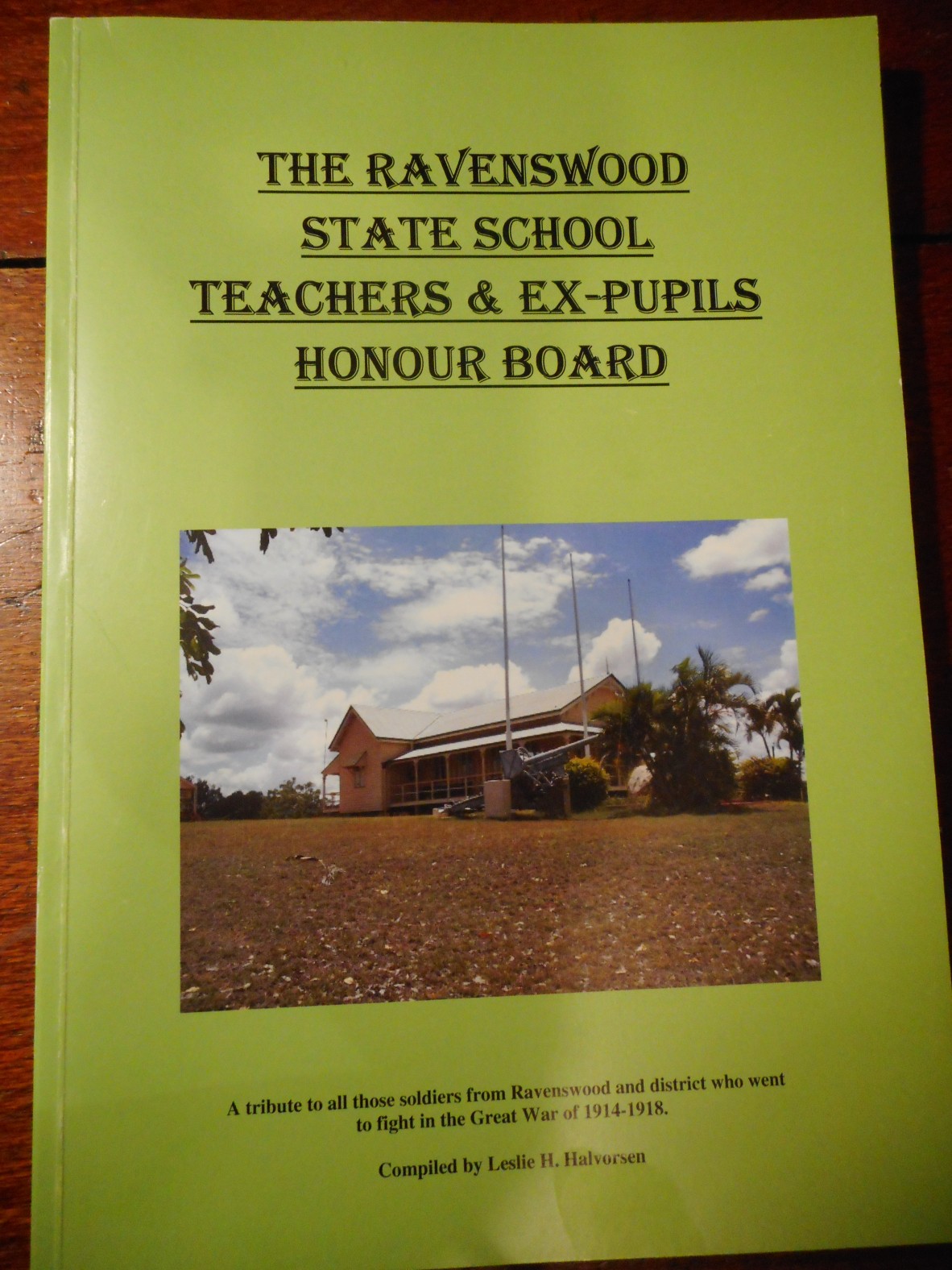
Source: The Ravenswood State School teachers & ex-pupils Honour Board by Les Halvorson, Q 940.39436 RAV
While stories are useful and familiar, they do not allow for systematic research on characteristics of the names on each roll and comparisons among various rolls. A simple example is the physical state of the persons behind the names – what was the average height of the AIF enlistments from Toowoomba Railways, how does this compare with the average for Townsville City, what are the facts about the physique of the Anzacs, did this change over the course of the war?
So thirdly, this project will encourage and enable all custodians of the rolls to construct a standardised statistical database for each roll. Each name will comprise a record and there will be a number of standardised fields which may be harvested from standard sources, such as attestation papers. In short, each roll will be treated as a statistical sample from the population of Great War names on rolls in the State.
An example of the type of analysis possible from this process is in the work of Paul Cobb. The chart below shows the age distribution of the 185 names who enlisted in 1916 from the Toowoomba Railways Roll.
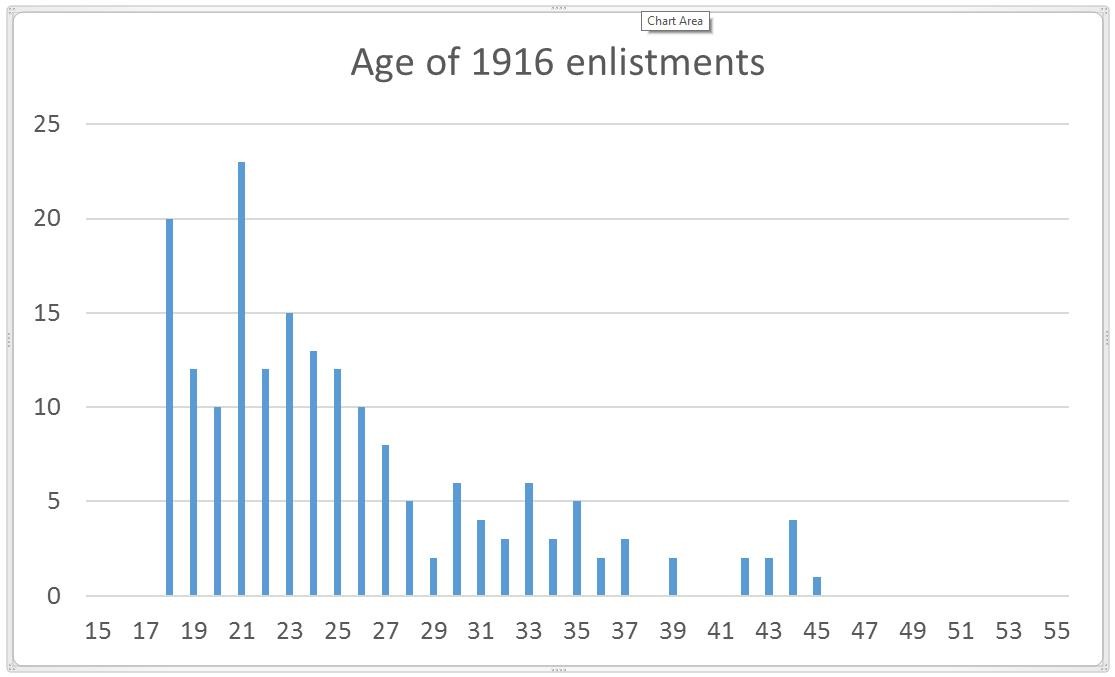
The bulge in 18 year olds is normal, reflecting the urgency felt by many young men to join up as soon as they were of age, and had their parent’s consent (as they were under 21). This pattern was evident in all years bar 1914. The bulge in 21 year olds was also normal, together with the relatively lower frequency in the 19 and 20 year ages. This seems to reflect a surge in enlistments from young men turning 21 and now free from the constraint of parental (dis-)approval. The pattern is evident in 1915 and 1917 as well. While this is clearly no more than a tentative research hypothesis, it does serve as an example of the type of analysis which can be made possible by treating the rolls as statistical samples, and raises the question of whether this was similar in other rolls.
Peter expected the first draft of the inventory of rolls to be available by September along with another blog describing the list and how to access it.
Sadly, Dr Crossman was unable to complete his project. Read the postscript - QANZAC 100 blog of 2017 Fellowship recipient Dr Peter Crossman kindly submitted by his family.
Comments
Your email address will not be published.
We welcome relevant, respectful comments.